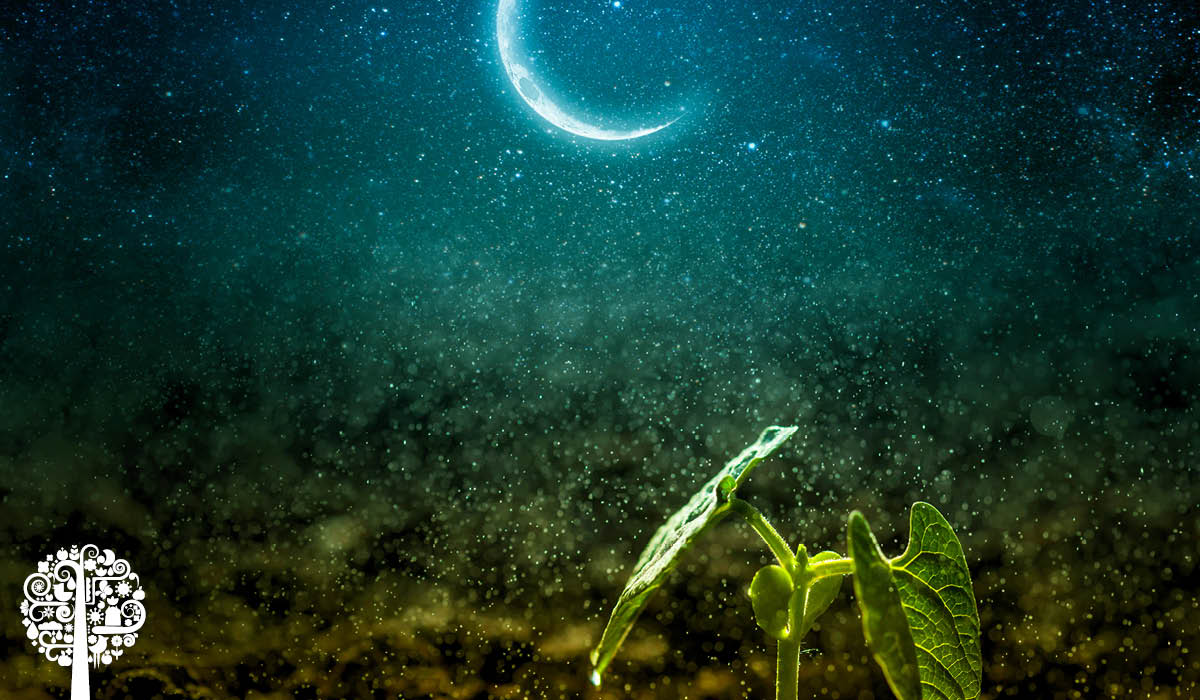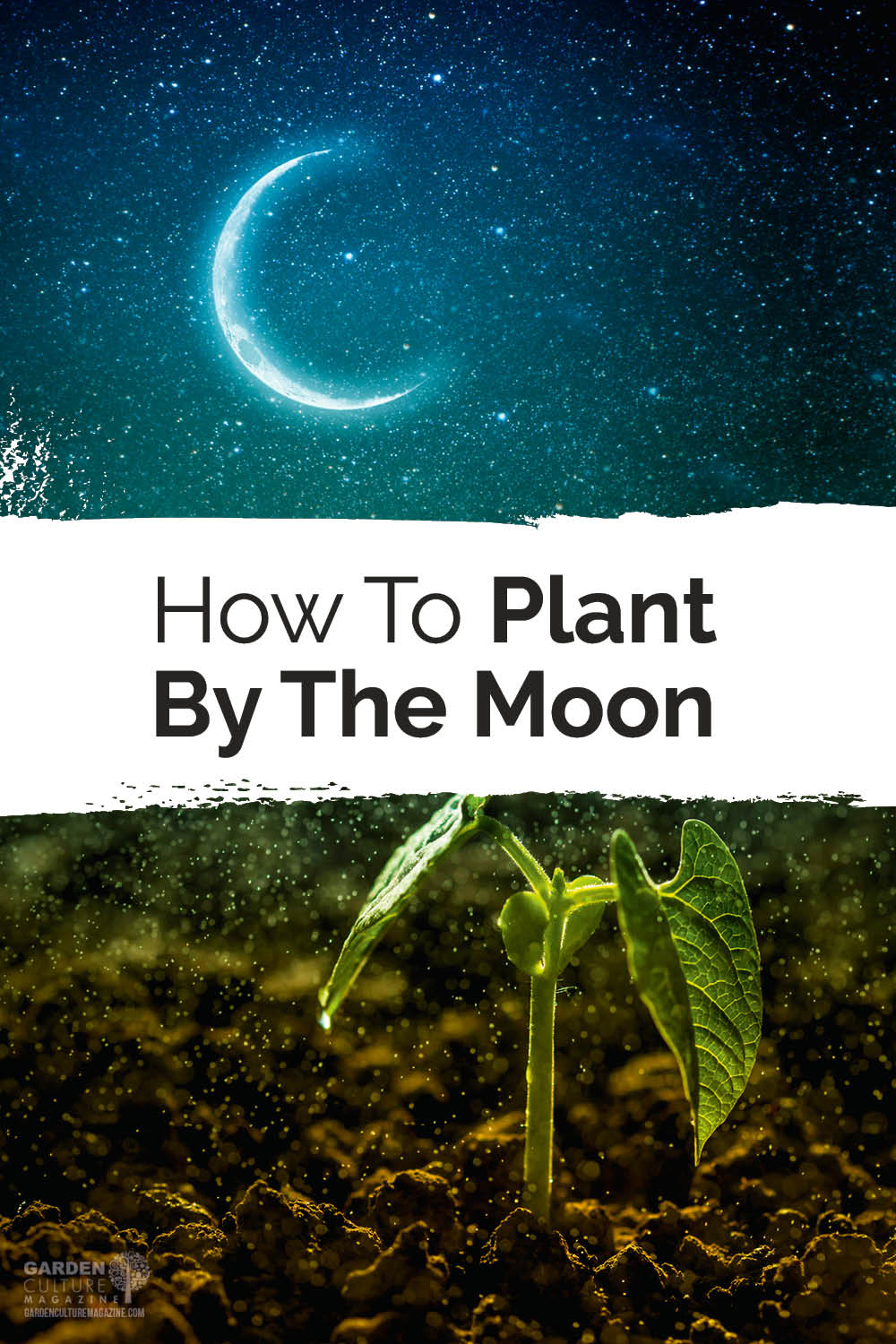Planning A Garden By The Light Of The Moon
In his book, Moon Gardening, R.J. Harris says planting and harvesting according to the moon’s cycles is the oldest known form of agriculture. Science can’t prove that gardening according to the moon’s phases makes crops bigger and tastier or flowers brighter and healthier, but that doesn’t matter. According to the Garden Media Group, moon planting is seeing a resurgence in popularity; this concurs with a 2003 report by National Geographic News also noting the revival.
How Moon Planting Works
Moon planting doesn’t mean gardening in the middle of the night! The general theory is that much like the moon’s gravitational pull on the Earth influences the rise and fall of ocean tides, there’s also a gravitational ebb and flow on the moisture in plants (sap), the soil, and the water table.

During the waxing phase, as the moon progresses to its fullest and brightest, moisture in the soil is drawn closer to the surface, and the water table is higher. This is the best time for sowing seeds or planting, as the soil retains moisture longer, helping with germination and root establishment.
As the moon wanes and returns to its darkest, sap and moisture recede into the ground like a tide. This focuses energy on the plant roots and is an excellent time to prune dormant plants or harvest, as rot is less likely.
Myth or Fact?
The idea that the moon affects plant growth goes back millenniums. In his History of Nature, the Roman historian Pliny the Elder advises planting by the moon phases.
Indigenous cultures regularly use Lunar gardening. A landscape art installation on the Dalhousie Agricultural Campus represents the Mi’kmaw lunar cycle, and how it was followed for planting, telling time, and other activities.
The Farmers’ Almanac and Old Farmer’s Almanac have always promoted gardening that follows the moon’s cycles. And, yes, there have been a few studies that encourage further exploration of the topic. In 2021, the Journal of Agricultural Science recanted a paper by a group of university researchers in Brazil that discovered corn seeds germinated during the moon’s waning phase produced slightly longer stems. The authors suggested further study.
Moon Planting Schedule
There are different methods to deduce the optimal time to sow or harvest. Some require knowing the position of far-off constellations and can be complicated to understand.
The Farmer’s Almanac and Old Farmer’s Almanac have very detailed calendars that divide the cycles of the waxing and waning moon into halves and list out specific days to do what. There are also permaculture calendars suggesting times to plant and harvest.
Waxing Moon
- New moon phase: Sow or transplant leafy annuals like lettuce, spinach, cabbage, or celery.
- First-quarter phase: This is the time to sow or transplant fruiting annuals like tomatoes, pumpkins, or broccoli.
Waning Moon
- Full moon phase: Sow or plant root crops such as potatoes, decorative or fruiting perennials like apples, asparagus, or rhubarb, or take cuttings and divide plants.
- Last-quarter phase: This is the time to improve soil health by weeding, mulching, or making compost.
Using the moon’s cycles to plant and harvest may not be based on proven science, but then again, gardening isn’t always either. It’s about experimenting and learning what works in your garden, even if it doesn’t seem logical. Then, share the information with fellow gardeners until, over time, it’s a regular part of the garden life.
Share On Pinterest:





